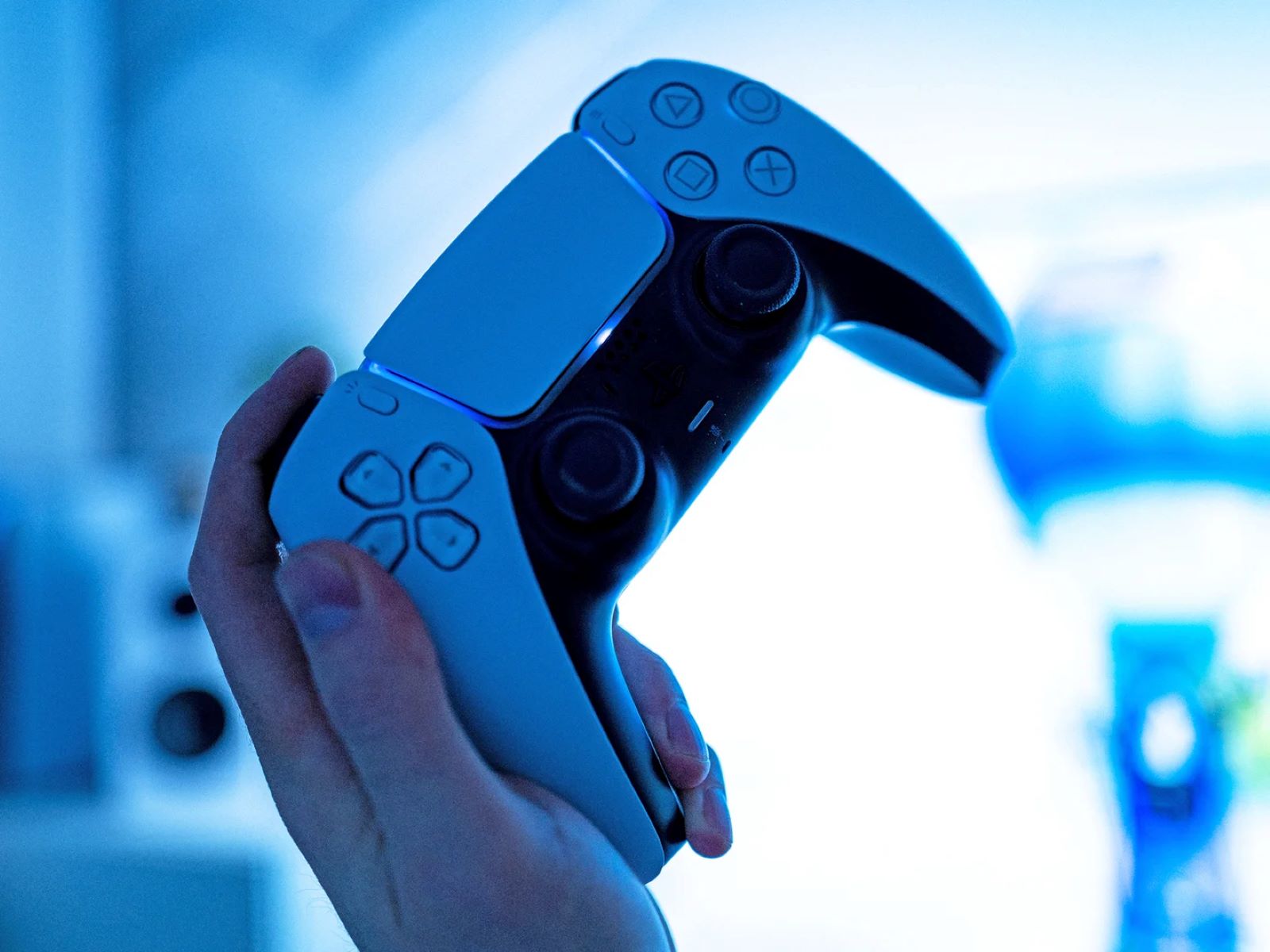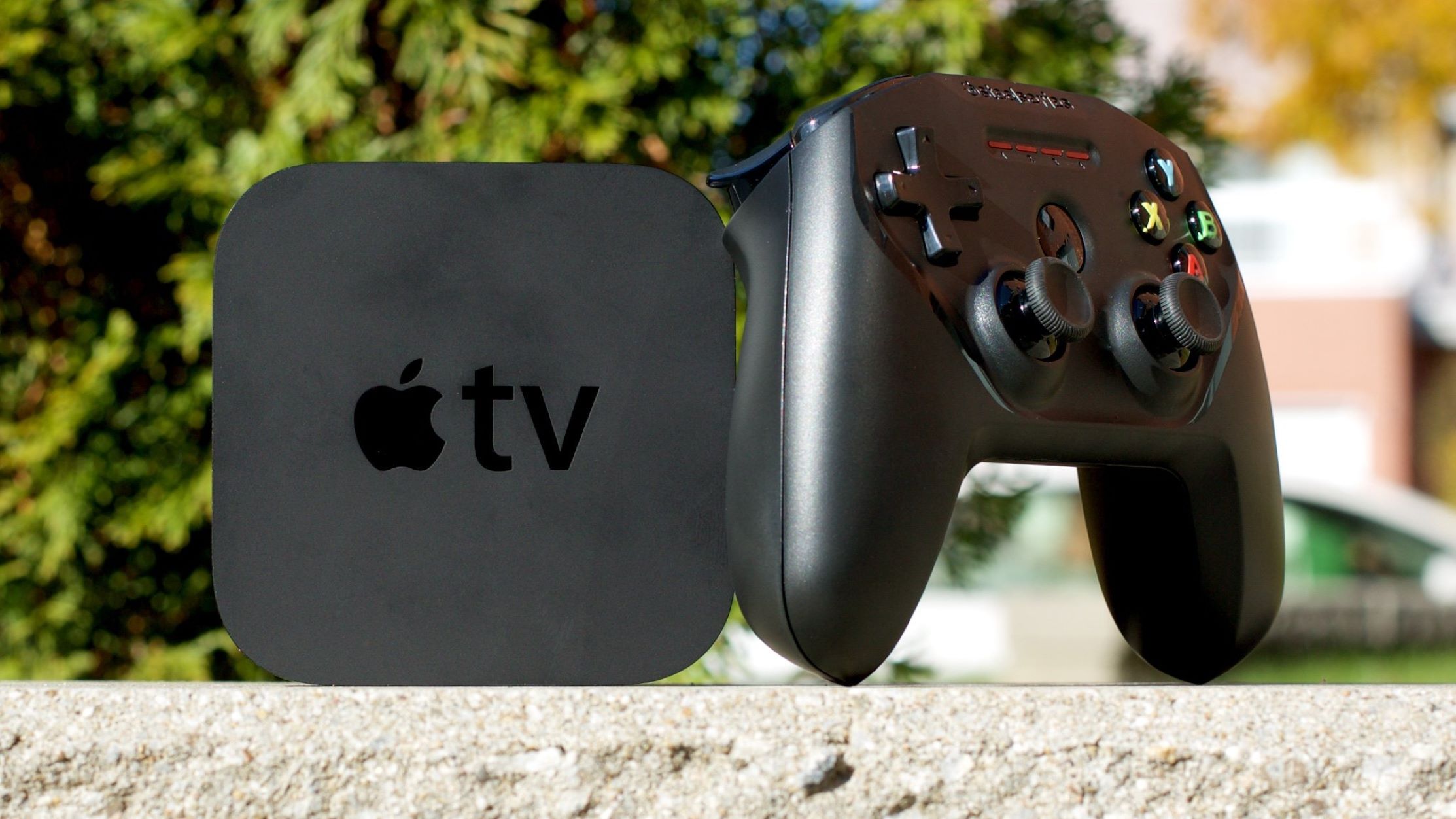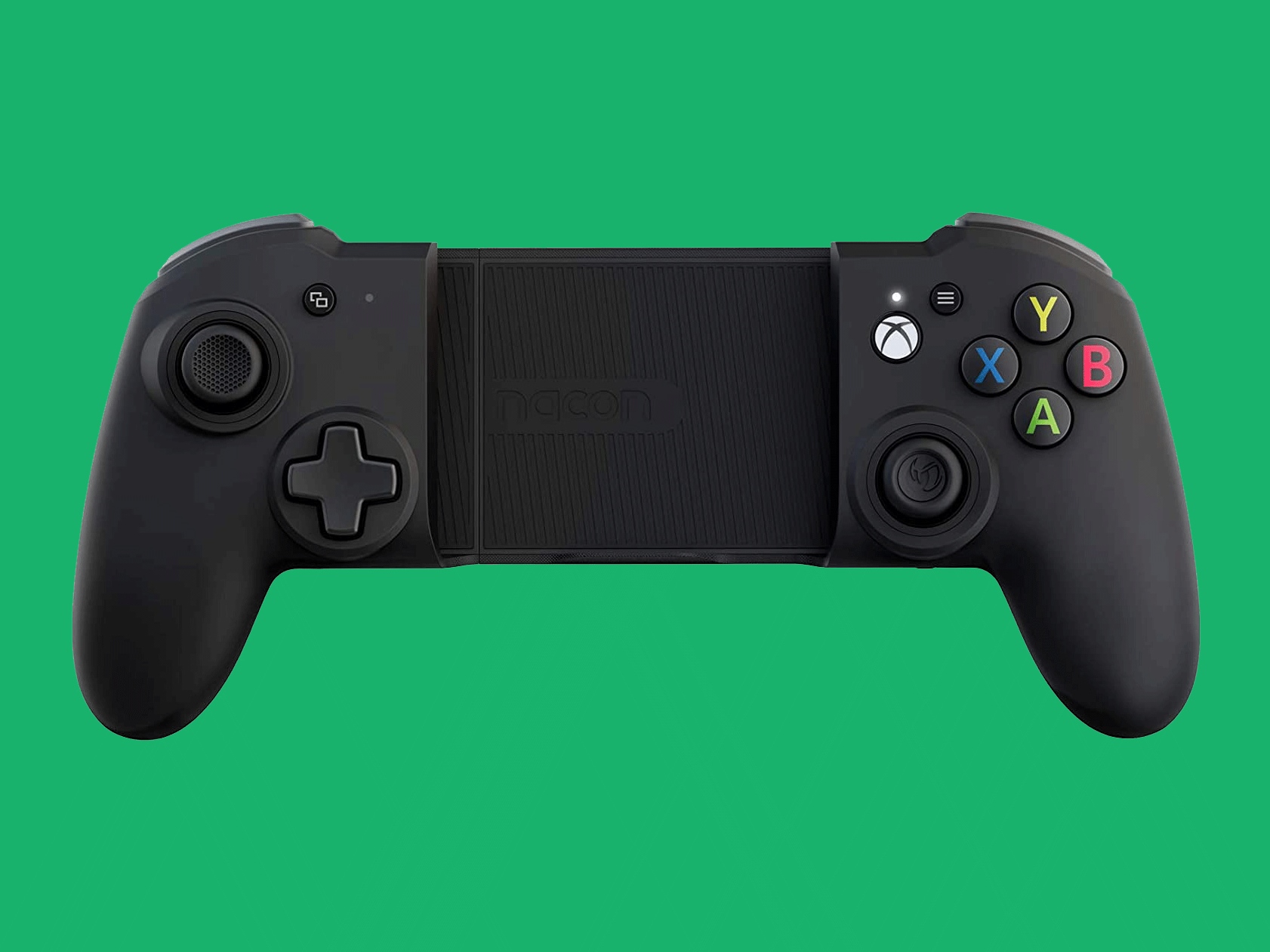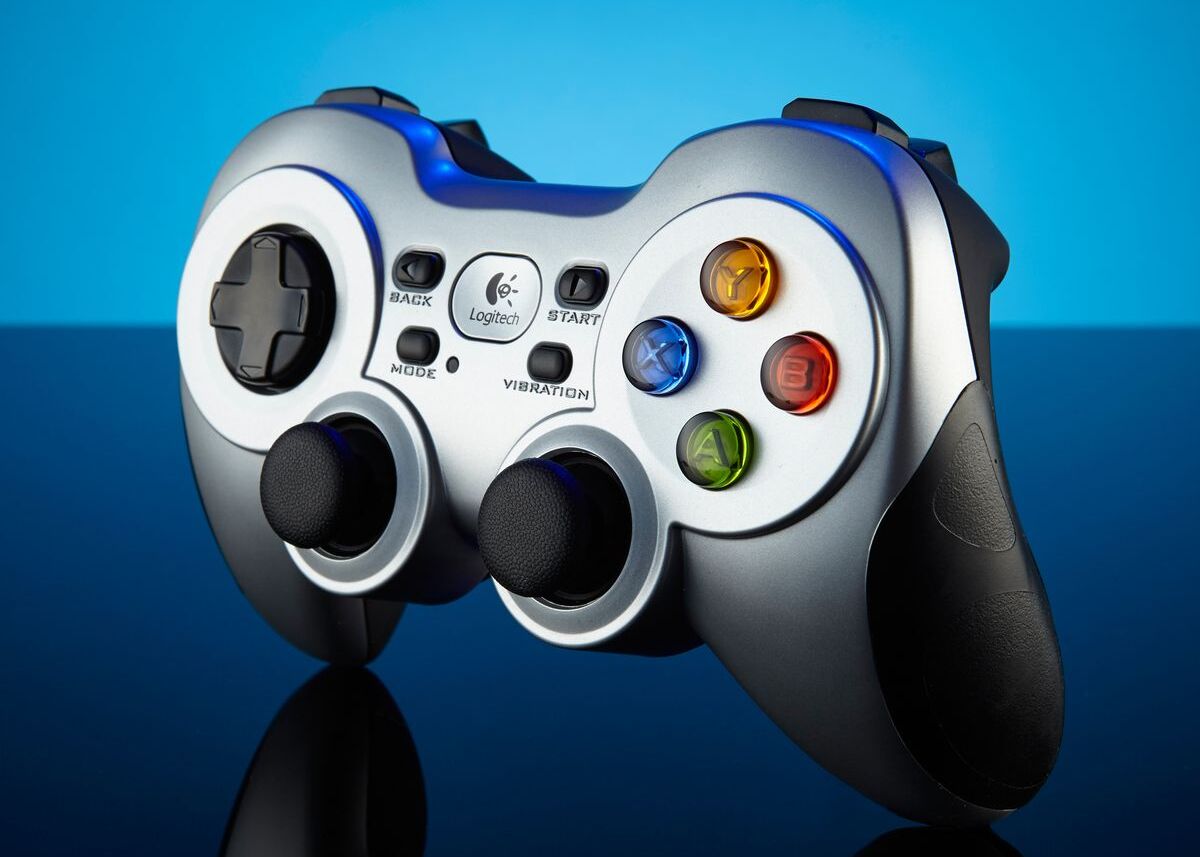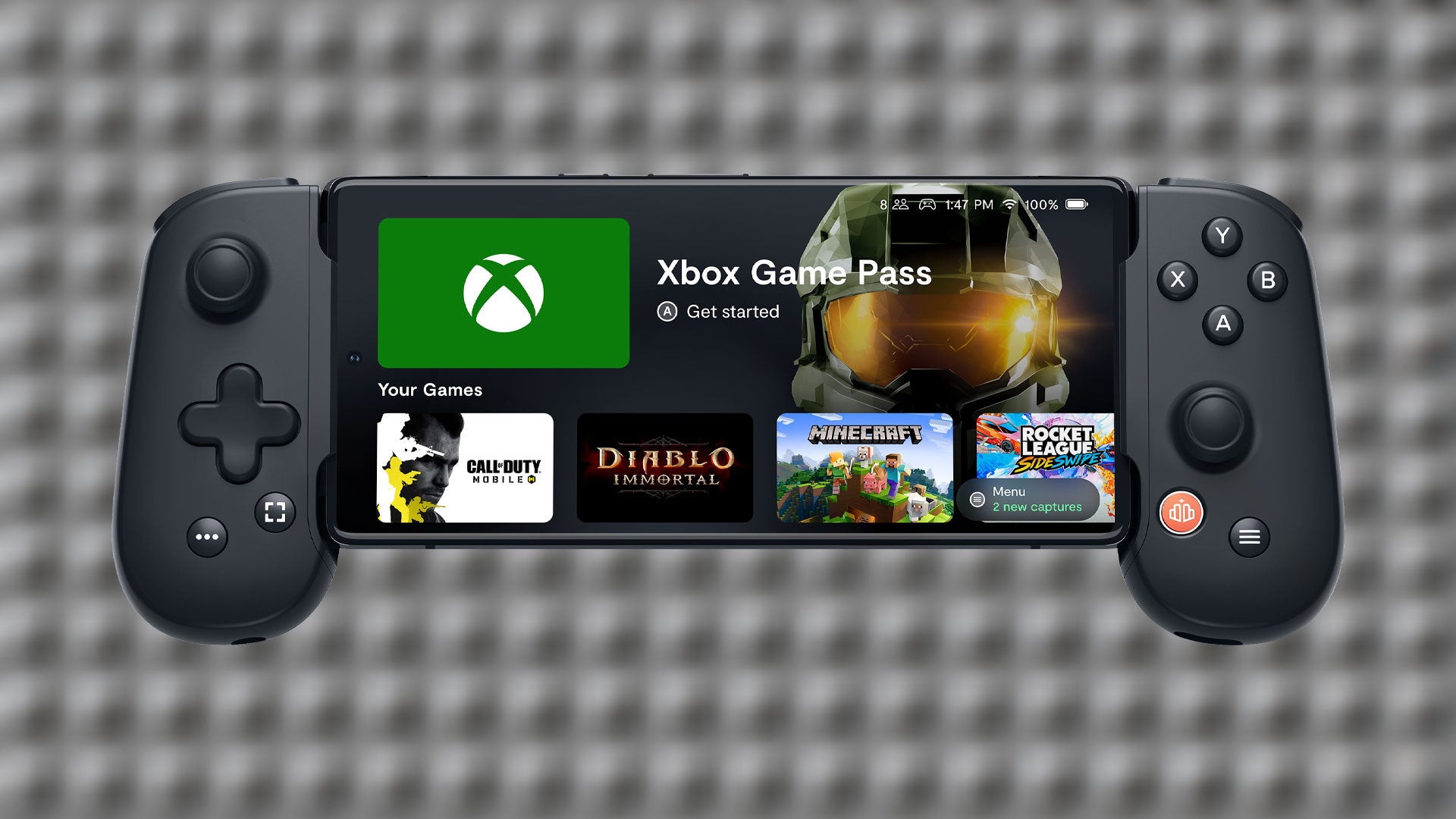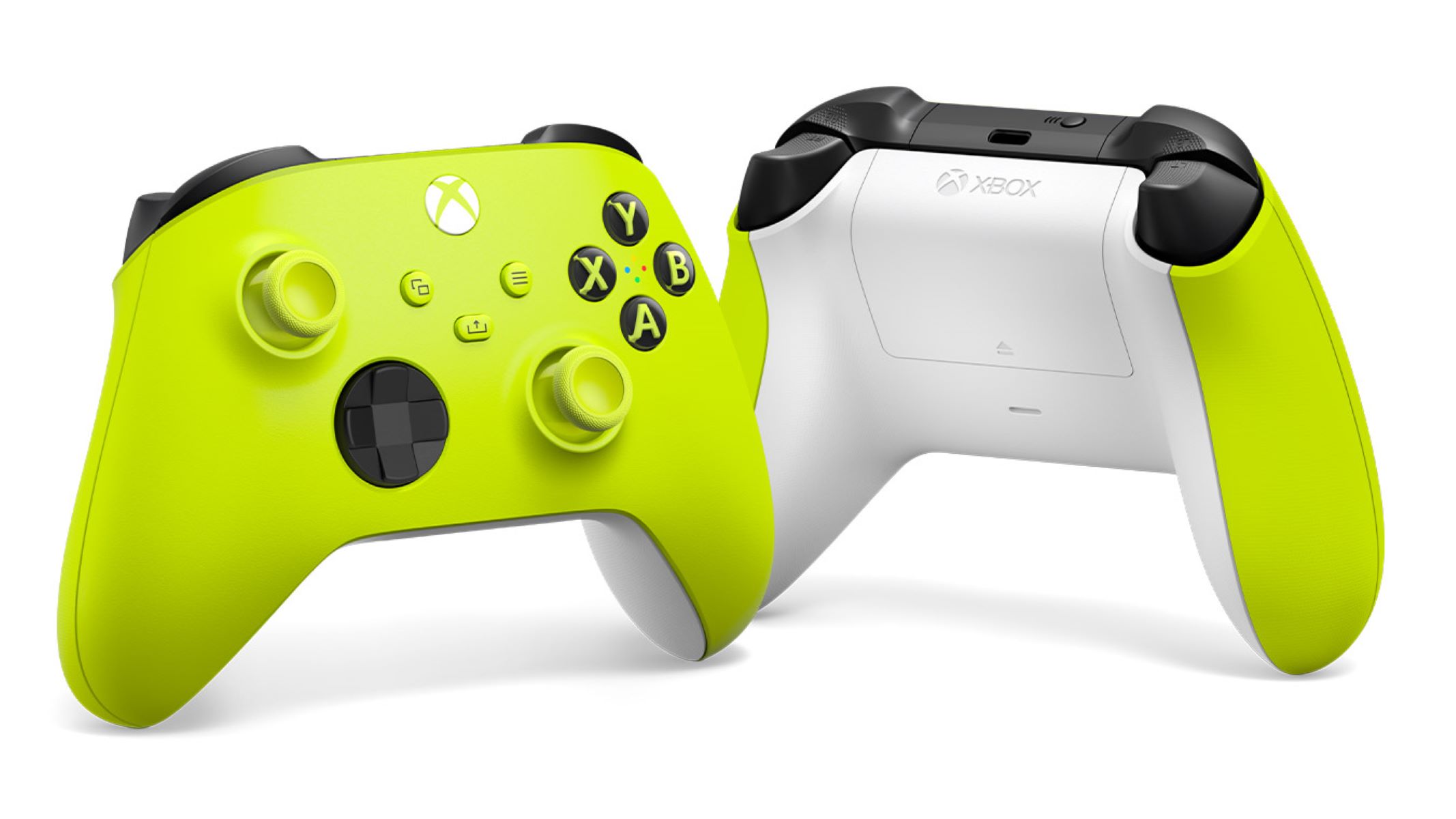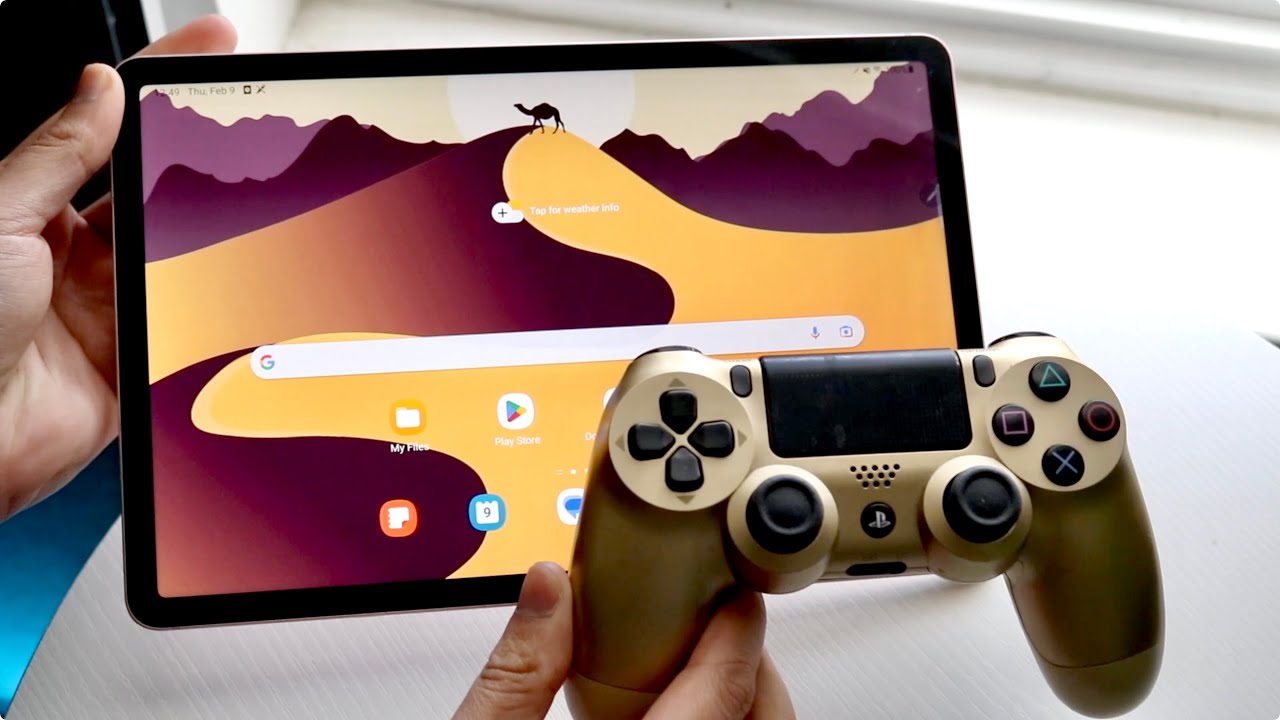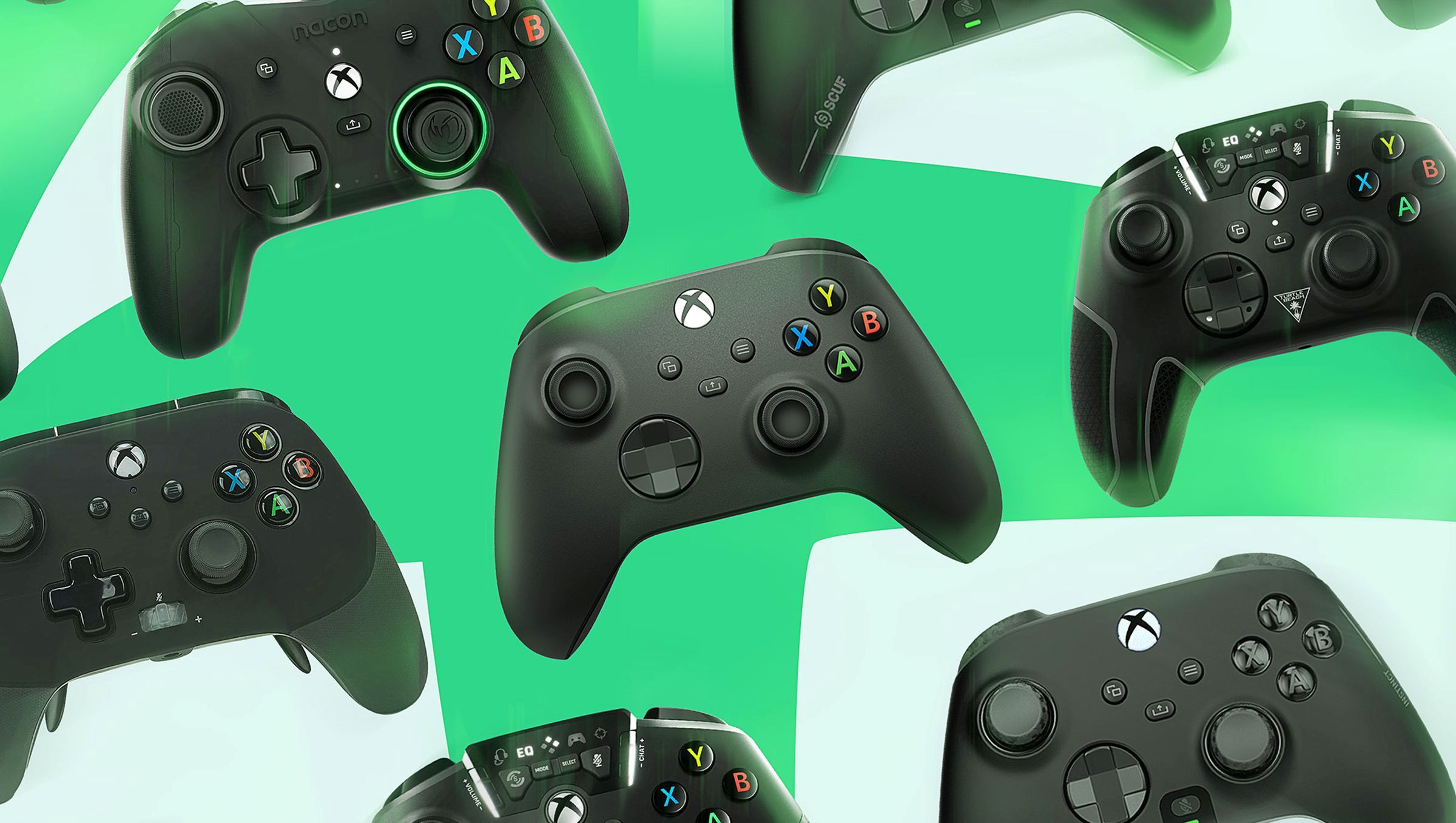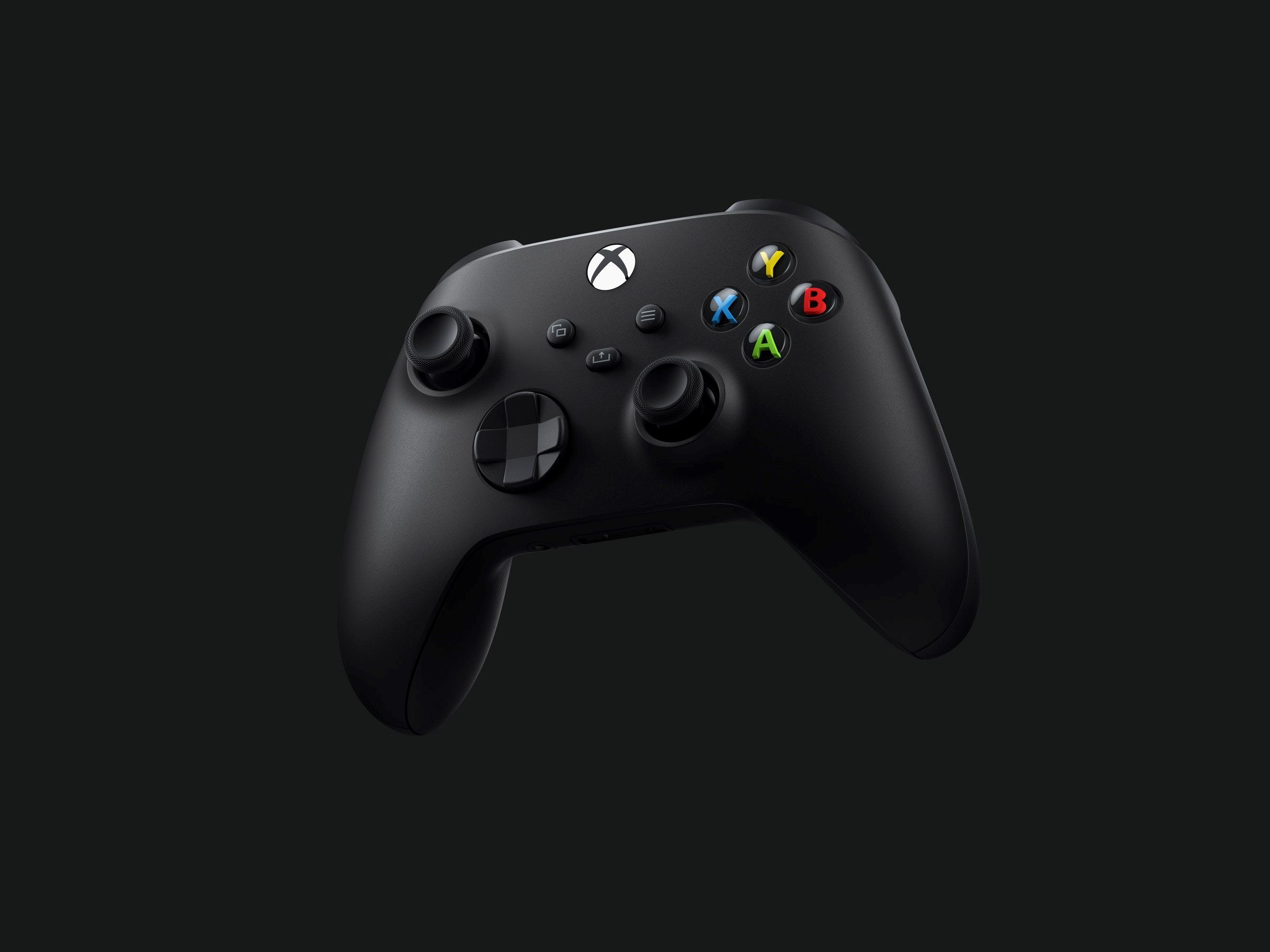Introduction
Welcome to the world of gaming, where every press of a button can mean the difference between victory and defeat. Game controllers are the bridge that connects players to the virtual realms they inhabit, and the buttons on these controllers play a pivotal role in this interaction. Understanding how game controller buttons work is essential for both gamers and enthusiasts alike. Whether you're a casual player, a competitive gamer, or simply curious about the technology behind these devices, this article will provide valuable insights into the inner workings of game controller buttons.
The evolution of gaming has led to remarkable advancements in controller design, with each iteration bringing new features and capabilities. From the simple one-button controllers of the past to the complex, multi-functional controllers of today, the journey of game controller buttons is a fascinating one. By delving into the anatomy, types, and functionality of these buttons, we can gain a deeper appreciation for the engineering marvels that enhance our gaming experiences.
So, join us as we embark on a journey to uncover the secrets behind the buttons that have become an integral part of gaming culture. Whether you're interested in the technical aspects, troubleshooting common issues, or simply want to expand your knowledge, this exploration of game controller buttons promises to be an enlightening and engaging experience. Let's dive into the intricate world of game controller buttons and discover the mechanisms that bring our gaming adventures to life.
Anatomy of a Game Controller
Before delving into the specifics of game controller buttons, it’s essential to understand the overall anatomy of a typical game controller. While designs may vary across different gaming platforms and models, the fundamental components remain relatively consistent.
Most game controllers feature a familiar layout, comprising a central body that houses the essential controls. The front face of the controller is where the primary input elements are located, including the directional pad (D-pad), analog sticks, and, of course, the buttons. These components are strategically positioned to accommodate the natural hand movements and ergonomic preferences of gamers.
The buttons on a game controller are typically arranged in a logical and intuitive manner, allowing for seamless interaction during gameplay. From the iconic shapes of the PlayStation controller buttons to the distinctive colors of the Xbox controller, each button serves a distinct purpose and is integral to the overall gaming experience.
Additionally, the back of the controller often features triggers and shoulder buttons, which are essential for executing specific actions in many games. These triggers provide analog input, allowing for varying degrees of control, while the shoulder buttons offer additional input options without requiring the player to reposition their fingers from the primary buttons.
Furthermore, modern controllers often incorporate additional features such as touch-sensitive surfaces, motion controls, and audio output, further expanding the range of interactions available to players. These advancements in controller design have transformed gaming experiences, offering new dimensions of immersion and interactivity.
Understanding the physical layout and design of a game controller provides valuable context for comprehending the intricate mechanisms behind the buttons. As we continue our exploration, we’ll delve deeper into the specific types of buttons found on game controllers and the pivotal roles they play in gaming interactions.
Types of Buttons
Game controllers feature a diverse array of buttons, each serving distinct functions and enhancing the gaming experience in unique ways. Understanding the various types of buttons is crucial for appreciating the versatility and adaptability of these input devices.
1. Action Buttons: These are the primary buttons used for in-game actions such as jumping, shooting, and interacting with the game environment. Often labeled with letters, symbols, or icons, action buttons are designed to be easily accessible for quick and responsive gameplay.
2. Directional Pad (D-pad): The D-pad provides directional input, allowing players to navigate menus, control character movement, and execute specific commands. Its cross-shaped design enables precise input across four cardinal directions, making it indispensable for classic and retro gaming experiences.
3. Analog Sticks: Unlike traditional digital buttons, analog sticks offer variable input based on the degree of tilt or displacement. These sticks provide fluid and nuanced control over character movement, camera angles, and other in-game interactions, contributing to a more immersive gaming experience.
4. Shoulder Buttons and Triggers: Positioned on the top surface of the controller, shoulder buttons and triggers serve as secondary input mechanisms for actions such as aiming, braking, or performing context-specific functions. Their ergonomic placement allows for seamless integration into gameplay without impeding access to other buttons.
5. Special Function Buttons: Some controllers feature specialized buttons for unique functions, such as capturing screenshots, activating special modes, or toggling settings. These buttons cater to specific gaming platforms and genres, offering enhanced versatility and customization options.
6. Start and Select Buttons: While less prominent in modern controller designs, the start and select buttons historically played essential roles in pausing games, accessing menus, and managing in-game options. Their functions have evolved with changing gaming trends but remain integral to the controller layout.
Understanding the diverse roles and capabilities of these buttons underscores the intricate design considerations that contribute to the overall usability and versatility of game controllers. As we explore the inner workings of these buttons, we’ll uncover the technological innovations that enable seamless and responsive interactions between players and their virtual worlds.
How Buttons Work
Behind the seemingly simple act of pressing a button on a game controller lies a complex process of electrical signaling and input recognition. Understanding how these buttons work illuminates the engineering ingenuity that underpins the seamless interaction between players and their games.
When a button is pressed, it completes an electrical circuit, triggering a specific response within the controller. This action is facilitated by a combination of physical and electronic components working in tandem to convey the input to the gaming system.
1. Mechanical Contact: Traditional buttons utilize a simple yet effective mechanism involving physical contact between two conductive elements. When the button is pressed, a conductive pad or dome beneath the button makes contact with a circuit board, creating a closed loop and signaling the desired input.
2. Tactile Feedback: Many modern buttons incorporate tactile feedback mechanisms, such as spring-loaded switches or haptic actuators, to provide a satisfying sensation and audible click when pressed. This tactile response enhances the user experience, offering reassurance that the input has been registered.
3. Digital Encoding: Once the button press is registered, the controller’s internal circuitry encodes the input into a digital signal, which is then transmitted to the connected gaming console or computer. This encoding process ensures that the specific button press is accurately identified and translated into the corresponding in-game action.
4. Debouncing: To mitigate unintended input and ensure precise recognition of button presses, controllers often employ debouncing mechanisms. These circuits filter out rapid fluctuations in the button signal, preventing false triggers and delivering reliable input detection.
5. Analog Inputs: In the case of analog buttons or triggers, the controller captures variable input levels, translating the degree of pressure or displacement into analog signals. This nuanced input allows for precise control over in-game actions, such as throttle modulation in racing games or gradual aiming adjustments in shooting games.
By unraveling the inner workings of game controller buttons, we gain a deeper appreciation for the seamless and responsive interactions they enable. The marriage of mechanical precision and electronic encoding transforms simple button presses into immersive and dynamic gaming experiences, highlighting the remarkable fusion of technology and user-centric design.
Common Issues with Game Controller Buttons
While game controllers are marvels of engineering, they are not immune to occasional malfunctions and wear-related issues. Understanding the common challenges associated with game controller buttons empowers gamers to troubleshoot and maintain their devices effectively, ensuring uninterrupted gaming experiences.
1. Button Stickiness: Over time, buttons may become sticky or unresponsive due to the accumulation of debris, dust, or residue from prolonged use. This can hinder the smooth actuation of buttons and compromise the overall gaming experience.
2. Worn Out Contacts: The physical contacts within the buttons can wear down with extensive use, leading to erratic input recognition or complete failure to register button presses. This issue is more prevalent in older controllers but can also affect newer models with heavy usage.
3. Ghost Inputs: Ghost inputs, characterized by the spontaneous activation of buttons without user interaction, can be attributed to electrical interference, faulty wiring, or internal circuitry issues. These phantom inputs can disrupt gameplay and frustrate players.
4. Sticky Analog Sticks: Analog sticks, while not traditional buttons, are integral to the controller’s input system and are susceptible to stickiness or drift. This phenomenon, often caused by wear and tear, results in unintended movement or misalignment of the analog stick, impacting gameplay precision.
5. Wireless Connectivity Issues: For wireless controllers, connectivity problems, signal interference, or battery-related issues can manifest as unresponsive button inputs or intermittent connection dropouts. Maintaining a stable wireless link is crucial for seamless gaming sessions.
6. Button Wear and Fading: The labels and symbols on buttons may wear off over time, making it challenging for players to identify the functions associated with each button. This aesthetic deterioration can detract from the controller’s usability and visual appeal.
By acknowledging these common issues, gamers can take proactive measures to address and mitigate potential button-related challenges. Regular maintenance, cleaning, and adherence to proper usage practices can extend the lifespan of game controller buttons, preserving the integrity of these essential gaming peripherals.
Conclusion
Exploring the intricacies of game controller buttons unveils a world of innovation, precision, and user-centric design. From the tactile feedback of a well-engineered button to the digital encoding that translates physical inputs into virtual actions, the journey of a button press is a testament to the seamless fusion of mechanical and electronic technologies.
As gaming continues to evolve, so too do the demands placed on game controller buttons. The quest for enhanced responsiveness, durability, and versatility drives the ongoing refinement of button mechanisms, leading to increasingly immersive and intuitive gaming experiences.
By understanding the anatomy, types, and inner workings of game controller buttons, gamers and enthusiasts gain a deeper appreciation for the integral role these components play in shaping the gaming landscape. The tactile engagement of pressing a button, the precision of analog input, and the reliability of digital encoding collectively contribute to the magic of gaming interactions.
Furthermore, acknowledging the common issues associated with game controller buttons empowers users to maintain, troubleshoot, and optimize their gaming peripherals, ensuring enduring performance and enjoyment. Through proactive maintenance and adherence to best practices, gamers can prolong the lifespan of their controllers and preserve the integrity of the buttons that facilitate their virtual adventures.
As we bid farewell to this exploration of game controller buttons, let’s carry forward a newfound appreciation for the engineering marvels that enrich our gaming experiences. Whether embarking on epic quests, competing in virtual arenas, or simply immersing ourselves in captivating narratives, the humble button remains a steadfast companion, faithfully translating our intentions into the digital realms we inhabit.
So, the next time you press a button on your game controller, take a moment to marvel at the intricate dance of technology and design that unfolds beneath your fingertips, propelling you into a world of limitless possibilities and unparalleled excitement.







